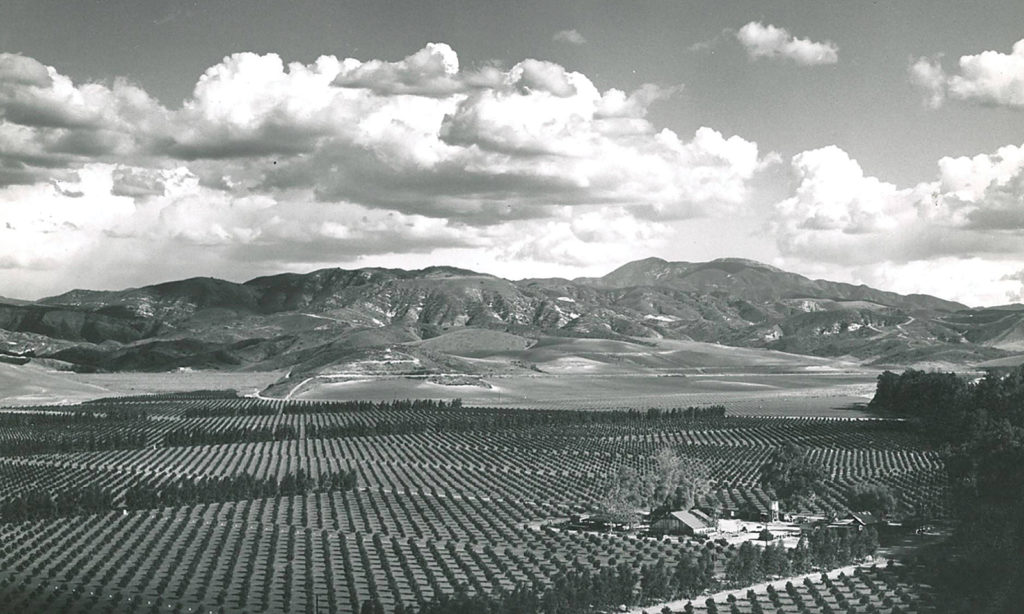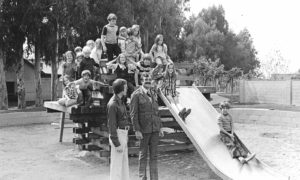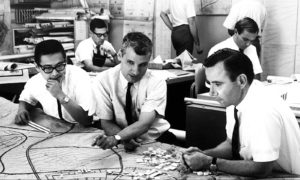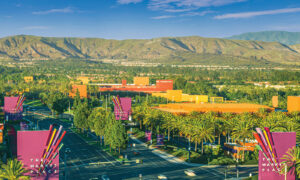By the late 1800s, most Southern California ranches were being divided and sold in the face of drought and economic hardship.
But not The Irvine Ranch.
James Irvine II inherited Irvine Company from his father at age 25. He had a keen sense of business and innovation. And he knew that to keep the Ranch intact, Irvine Company would need a reliable water supply to convert its sheep pastures into bountiful farmland.
Using science, engineering and hard work, a sophisticated system of reservoirs was designed, one of which became Irvine Lake. A 22-mile canal carried this water to irrigate thousands of acres of barley, lima beans and other fresh produce.
By 1906, the developed water supply was capable of doing what had not been done in Southern California before: grow Valencia oranges in bulk.
This not only transformed the orange industry in newly named “Orange County,” it transformed the entire Irvine Ranch into one of the most thriving agricultural centers in California.
It also allowed the Ranch to remain under single ownership and not be parceled off.
Early Innovation on the Ranch
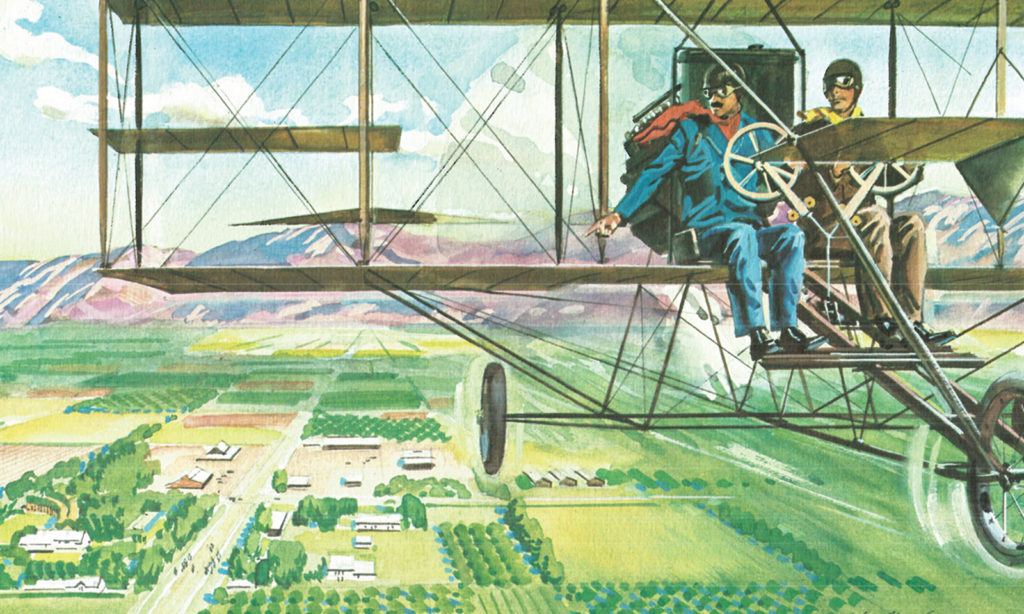
James Irvine II was a man of science who invited luminaries of the day to The Irvine Ranch. Dr. Albert Michelson (namesake of Michelson Drive) confirmed the speed of light on the Ranch in 1929. Dr. Albert Einstein joined him to celebrate the achievement.
California’s first successful flight also took off from the bean fields of the Ranch. In 1913, aviator Glenn Martin thanked James Irvine II for his support with a 20-minute flight. On landing, Irvine said, “I’ve never seen so much of the Ranch at one time.”

